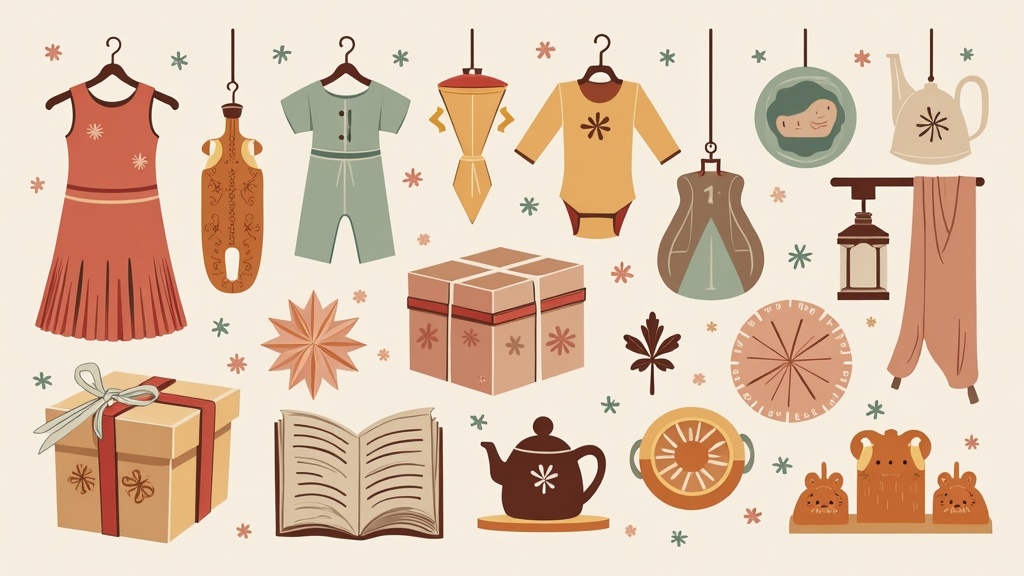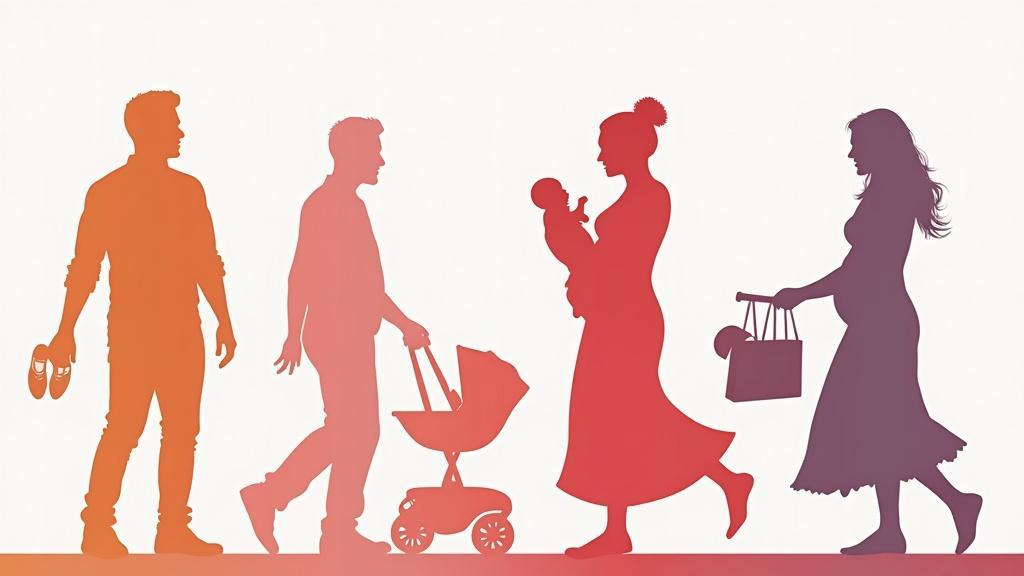Soothing newborns is an essential part of parenting. Newborns often cry and fuss, and it can be challenging for parents to figure out how to calm them down. One popular tool that many parents turn to is the binky, also known as a pacifier or dummy. Binkies are small, nipple-shaped devices that babies can suck on to help soothe themselves. In this article, we will explore the role of binkies in soothing newborns and discuss their benefits, safety tips, and potential risks. We will also provide alternative soothing techniques for parents to consider.
Key Takeaways
- Binkies can be a helpful tool for soothing newborns and promoting better sleep.
- Choosing the right binky for your newborn is important for their comfort and safety.
- Breastfeeding mothers can benefit from using binkies to help their babies latch and stay calm.
- Safety tips for using binkies include regular cleaning and monitoring for signs of wear and tear.
- Weaning your baby off the binky can be a gradual process, and alternative soothing techniques can be helpful.
Understanding the Role of Binkies in Soothing Newborns
Binkies are designed to mimic the shape and feel of a mother’s nipple. When babies suck on a binky, it triggers a natural sucking reflex that helps to calm them down. The rhythmic sucking motion can be soothing and comforting for babies, providing them with a sense of security and relaxation.
Binkies are effective in soothing newborns for several reasons. First, sucking on a binky can help babies self-soothe and regulate their emotions. It can provide them with a sense of comfort and security, especially when they are feeling anxious or overwhelmed. Second, the sucking motion can help distract babies from any discomfort they may be experiencing, such as teething pain or gas. Finally, sucking on a binky can also help babies fall asleep more easily by promoting relaxation.
The Science Behind Binkies: How They Help Babies Sleep
One of the main benefits of using a binky is its ability to help babies sleep. The sucking motion stimulates the release of hormones that promote relaxation and sleepiness, such as serotonin and melatonin. This can be particularly helpful for newborns who have difficulty falling asleep or staying asleep.
Research has shown that using a binky at bedtime can lead to longer and more consolidated sleep for babies. A study published in the journal Pediatrics found that infants who used a binky at bedtime had a reduced risk of sudden infant death syndrome (SIDS) and were more likely to sleep through the night. Another study published in the journal Sleep Medicine found that binky use was associated with longer sleep duration and fewer nighttime awakenings.
Choosing the Right Binky for Your Newborn: A Guide
| Binky Type | Material | Size | Age Range | Price Range |
|---|---|---|---|---|
| Pacifier | Silicone or Latex | Small | Newborn to 6 months | 3-10 |
| Orthodontic Pacifier | Silicone or Latex | Small or Medium | 6 months to 18 months | 5-15 |
| One-Piece Pacifier | Silicone or Latex | Small or Medium | Newborn to 18 months | 4-12 |
| Glow-in-the-Dark Pacifier | Silicone | Small or Medium | Newborn to 6 months | 6-15 |
| WubbaNub Pacifier | Silicone or Latex | Small or Medium | Newborn to 6 months | 10-20 |
When choosing a binky for your newborn, there are a few factors to consider. First, make sure to choose a binky that is age-appropriate. Binkies come in different sizes and shapes, so it’s important to select one that is suitable for your baby’s age and developmental stage.
It’s also important to choose a binky that is made of safe materials. Look for binkies that are BPA-free and made of non-toxic materials. Avoid binkies with small parts or decorations that could pose a choking hazard.
Consider the shape and design of the binky as well. Some babies prefer binkies with a flat or orthodontic nipple, while others may prefer a rounded nipple. It may take some trial and error to find the right binky for your baby, so be patient and willing to try different options.
The Benefits of Using Binkies for Breastfeeding Mothers
Binkies can also provide benefits for breastfeeding mothers. One common concern among breastfeeding mothers is nipple confusion, which occurs when a baby has difficulty switching between breastfeeding and bottle-feeding. Using a binky can help prevent nipple confusion by satisfying the baby’s sucking needs without interfering with breastfeeding.
Binkies can also provide comfort for breastfeeding mothers. Breastfeeding can be demanding and exhausting, especially in the early weeks when babies nurse frequently. Offering a binky to your baby during times when they are not actively nursing can give your nipples a break and provide you with some much-needed rest.
Binky Safety Tips for New Parents

While binkies can be a helpful tool for soothing newborns, it’s important to use them safely. Here are some safety tips for using binkies:
1. Choose a binky that is the right size and shape for your baby’s age.
2. Inspect the binky regularly for any signs of wear or damage and replace it if necessary.
3. Clean the binky regularly by washing it with warm, soapy water or using a sterilizer.
4. Avoid attaching the binky to a string or cord that could pose a strangulation hazard.
5. Do not dip the binky in sweet substances, as this can increase the risk of tooth decay.
6. Do not force your baby to take a binky if they are not interested or if it causes them distress.
How to Wean Your Baby Off the Binky
At some point, you may decide that it’s time to wean your baby off the binky. Here are some tips for making the transition:
1. Gradually reduce the amount of time your baby spends with the binky each day.
2. Offer alternative soothing techniques, such as rocking, singing, or gentle massage.
3. Use positive reinforcement and praise when your baby is able to soothe themselves without the binky.
4. Be patient and understanding if your baby has difficulty giving up the binky. It may take time for them to adjust.
The Connection Between Binkies and Sudden Infant Death Syndrome (SIDS)
There has been some concern about the potential link between binkies and Sudden Infant Death Syndrome (SIDS). However, research has actually shown that using a binky at bedtime can reduce the risk of SIDS.
The American Academy of Pediatrics (AAP) recommends offering a binky at bedtime and naptime for infants up to one year of age. However, they caution against using a binky during sleep if it falls out of the baby’s mouth, as this can increase the risk of SIDS. It’s also important to note that the AAP advises against using binkies for babies who are not breastfeeding until breastfeeding is well-established.
Binkies and Dental Health: What Parents Need to Know
Binkies can have an impact on dental health if they are used improperly. Prolonged and excessive use of a binky can lead to dental problems, such as misalignment of the teeth or an overbite.
To minimize the risk of dental issues, it’s important to use the binky in moderation and wean your baby off it by around one year of age. It’s also important to practice good dental hygiene by cleaning your baby’s teeth and gums regularly, even before they have teeth.
Alternative Soothing Techniques for Newborns
While binkies can be a helpful tool for soothing newborns, they are not the only option. There are many other soothing techniques that parents can try, such as:
1. Swaddling: Wrapping your baby snugly in a blanket can help them feel secure and calm.
2. Skin-to-skin contact: Holding your baby against your bare chest can provide comfort and warmth.
3. White noise: Playing soft, rhythmic sounds, such as a fan or a white noise machine, can help soothe babies.
4. Babywearing: Carrying your baby in a sling or carrier can provide them with a sense of closeness and security.
5. Gentle rocking or bouncing: Moving your baby gently back and forth or up and down can help calm them down.
Making the Most of Your Baby’s Binky: Tips and Tricks for Better Sleep
If you want to maximize the benefits of using a binky for better sleep, here are some tips and tricks to try:
1. Offer the binky at bedtime and naptime to help your baby relax and fall asleep.
2. Use the binky as part of a consistent bedtime routine to signal to your baby that it’s time to sleep.
3. If the binky falls out of your baby’s mouth during sleep, try gently reinserting it without fully waking them.
4. Gradually reduce the reliance on the binky as your baby gets older and more capable of self-soothing.
Soothing newborns is an important part of parenting, and binkies can be a helpful tool in this process. They provide comfort and security for babies, help them sleep better, and can benefit breastfeeding mothers. However, it’s important to use binkies safely and be aware of potential risks, such as dental issues and SIDS. There are also alternative soothing techniques that parents can try if they prefer not to use a binky. Ultimately, the decision to use a binky or not is a personal one that should be based on what works best for you and your baby.



